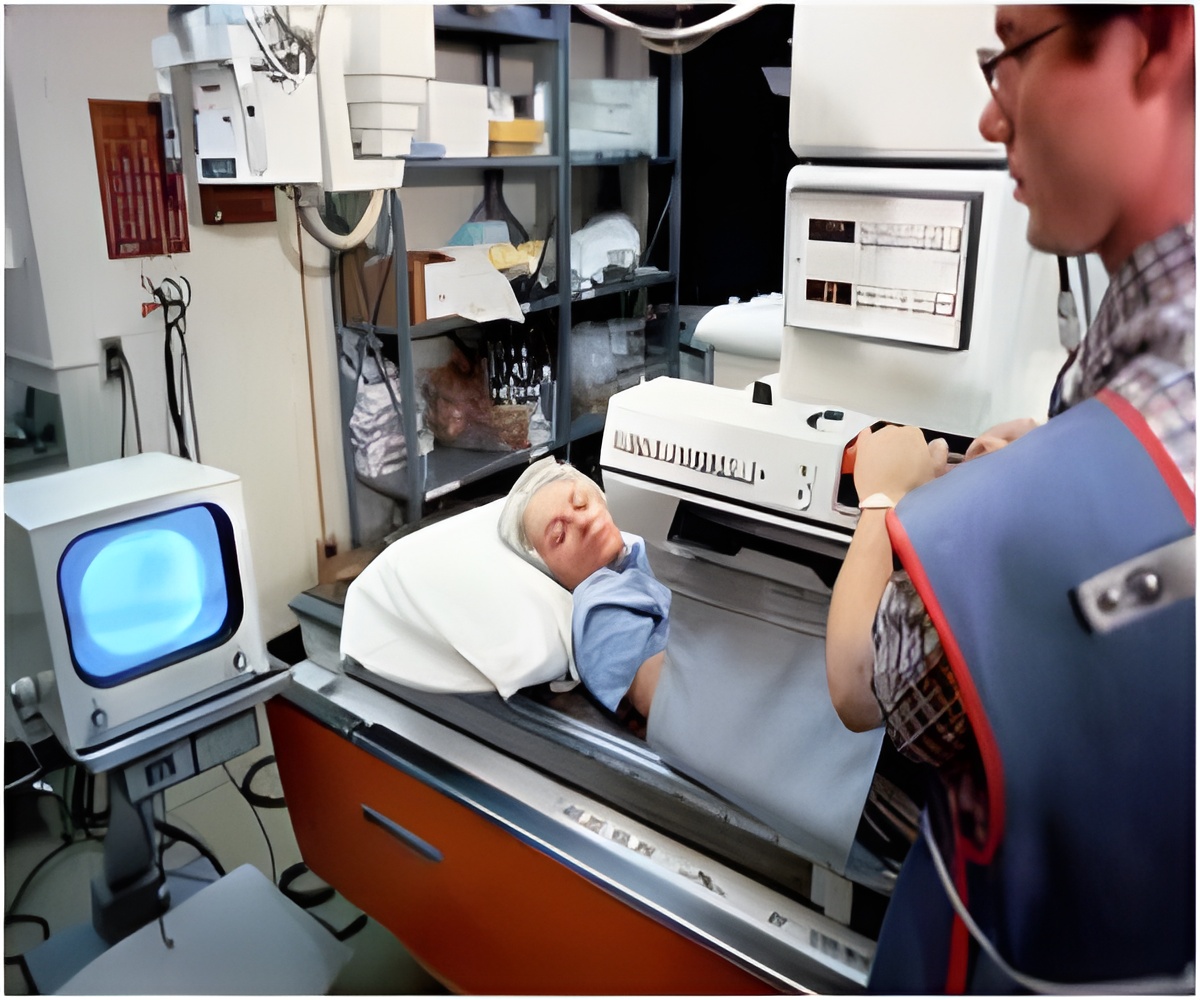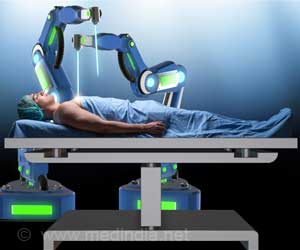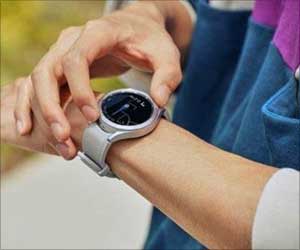
The team identified that the emitted Cherenkov radiation indicates the dose delivered by X-ray photons. Interventional radiologists can affirm the exact amount of therapy delivered to treatment sites in the near future.
The Dartmouth team concluded that the light emission suits x-ray photons is narrow beam stereo tactic radiation therapy, surgery validation studies, verification of dynamic intensity-modulated and volumetric modulated arc therapy treatment plans in water tanks near mono-energetic sources.
Cherenkov emission was found to be only suitable for surface dosimetry applications for electron use. A fundamental lack of Cherenkov emission at the Bragg peak, for proton dosimetry, makes the technique of little use, although investigators say that post-irradiation detection of light emission from radioisotopes could prove to be useful.
Source-Medindia










